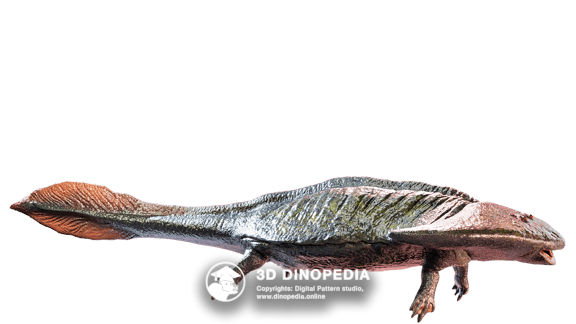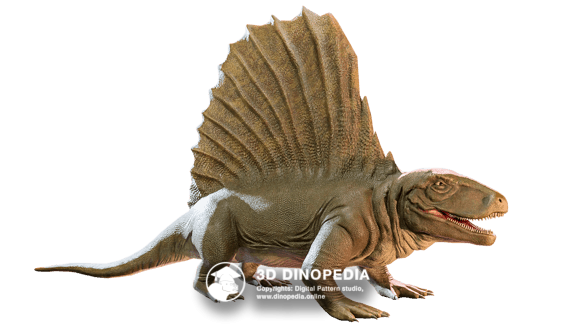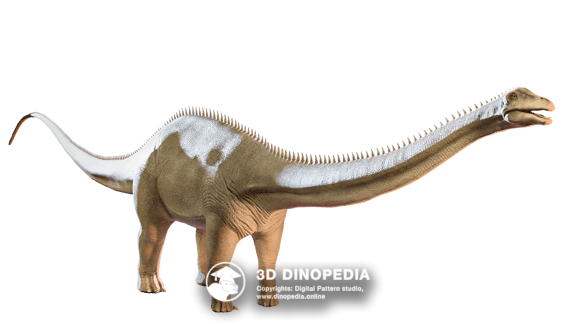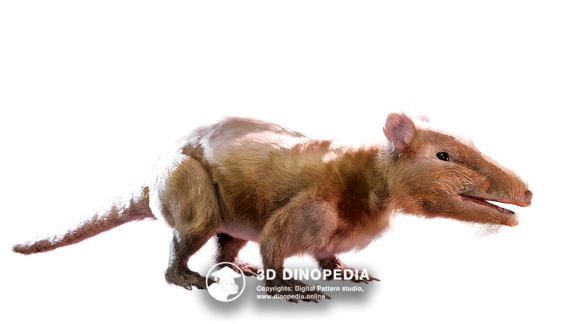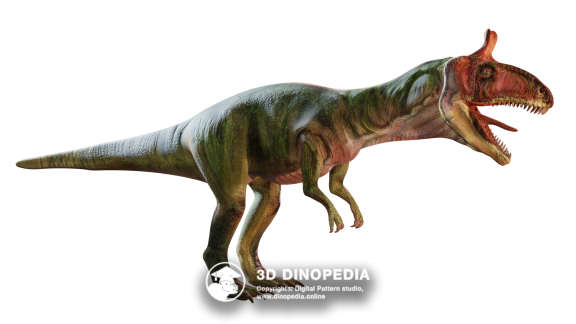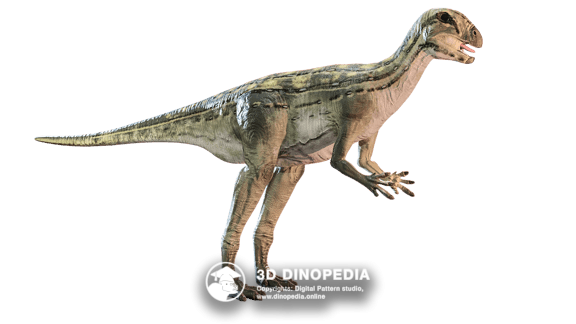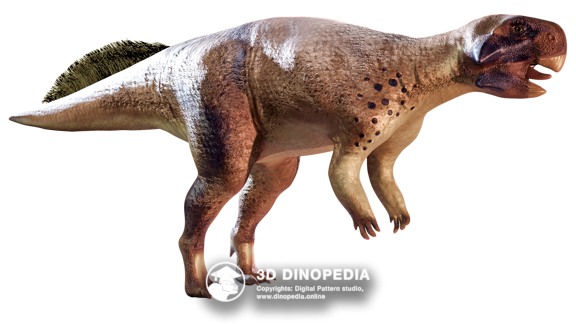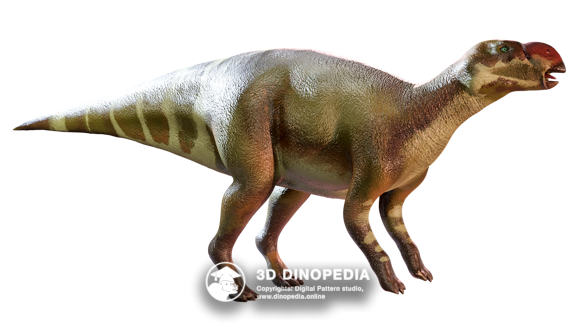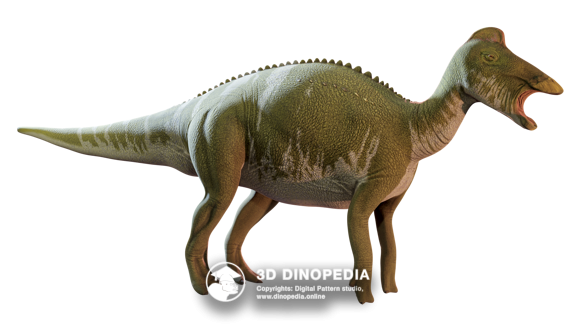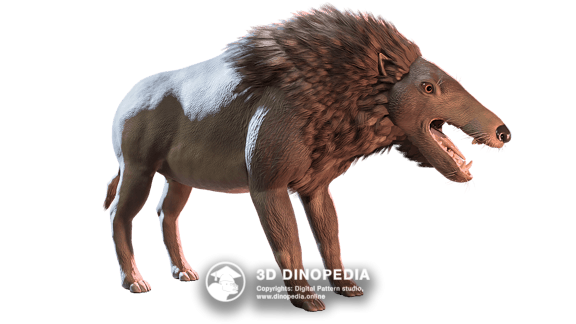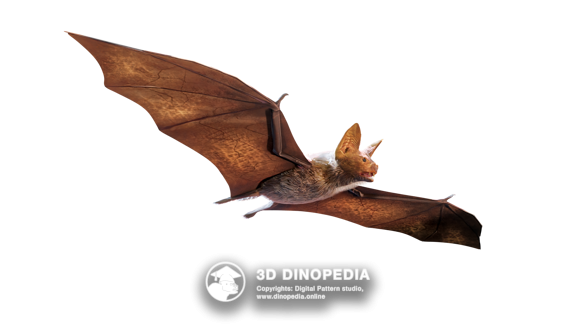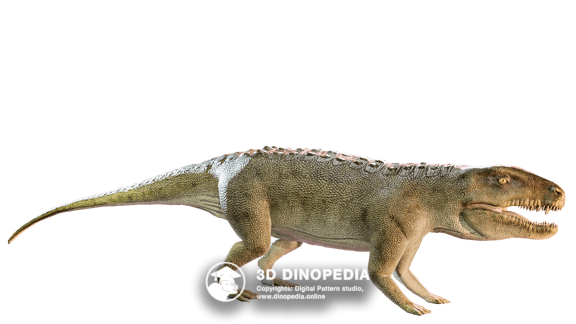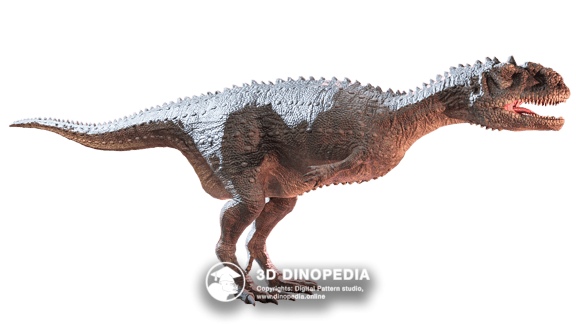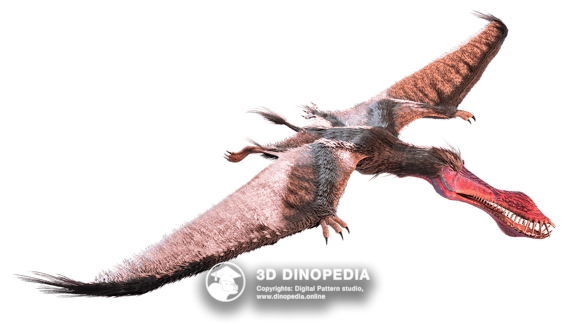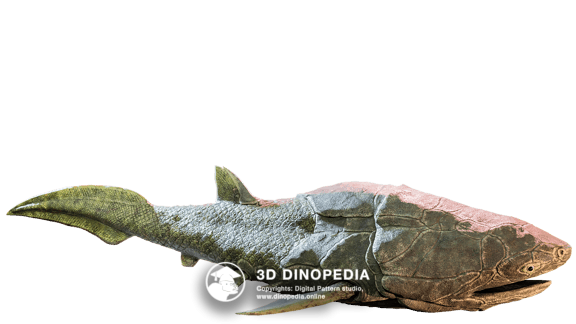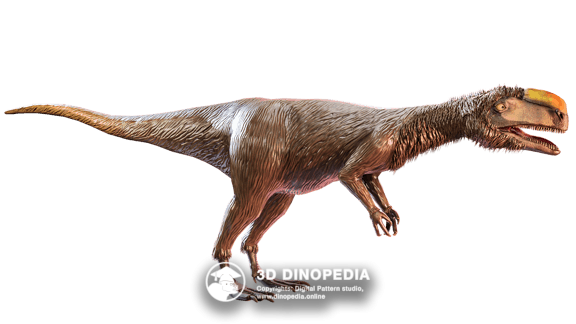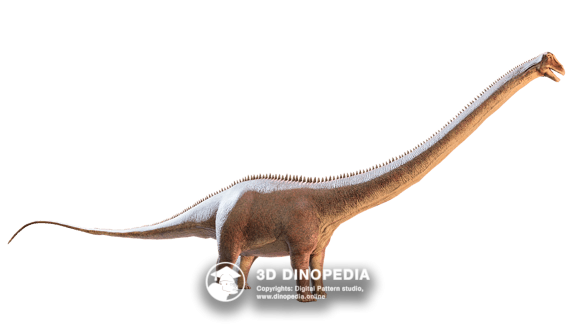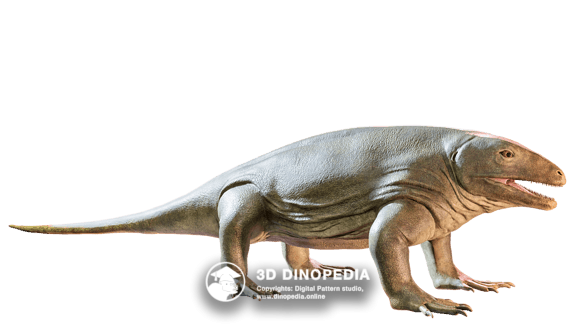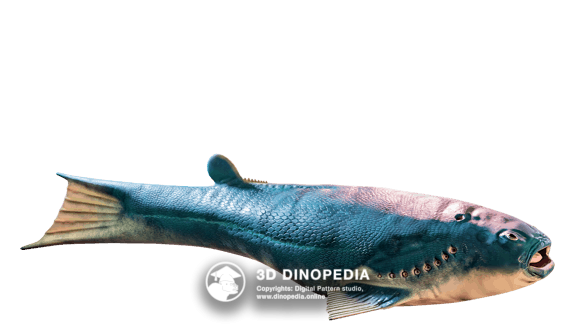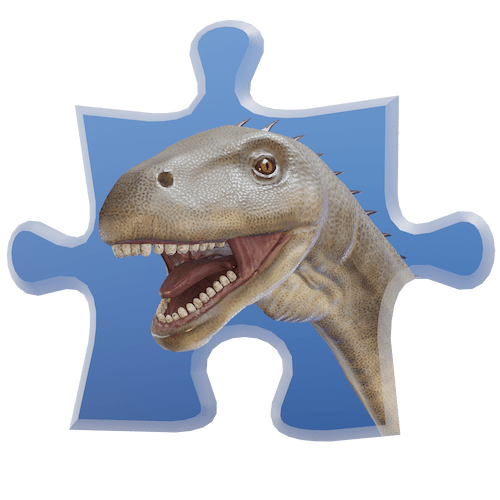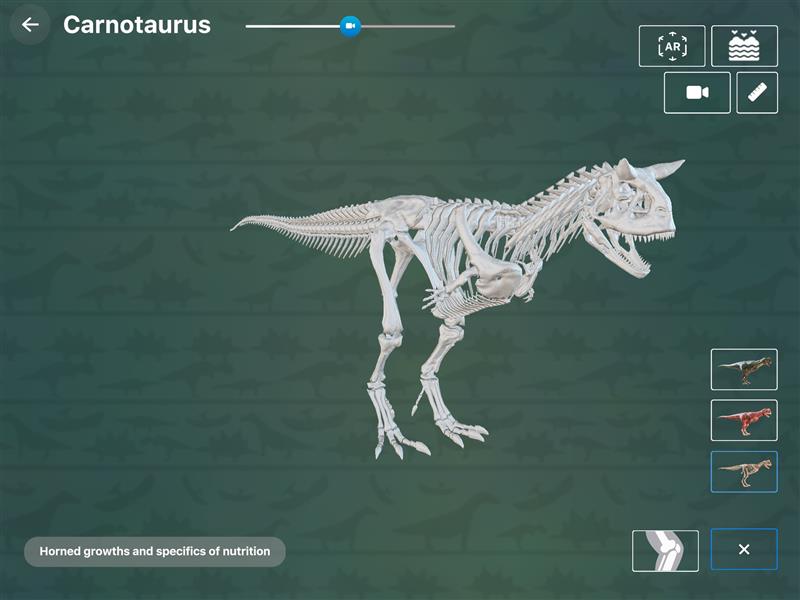Diplocaulus

Name meaning:
Double membrane
Period of life:
306-255 mya
Period:
Habitat:
Freshwater environment
Taxonomy:
Amphibians
Countries:


Meaning of the name: Double membrane
Diplocaul, also known as Diplocaulus, was an extinct amphibian that lived about 300-250 million years ago in the southern United States and northern Morocco. It had a stout body with a boomerang-shaped head. In terms of lifestyle, it was similar to a fairly large salamander, reaching up to a meter in length. The complete tail of the genus is unknown, but the most complete articulated skeleton, described in 1917, preserved a series of tail vertebrae near the skull.
This was interpreted as indirect evidence of a long, slender tail capable of reaching the head if the animal coiled itself. In most studies conducted after this discovery, it is claimed that eel-like tail movement was the main driving force of Diplocaulus. Judging by body imprints, a skin fold stretched from the boomerang-shaped head to the limbs, giving the amphibian a resemblance to a stingray. Scientists believe that the ideal food source for these tetrapods were small Paleoniscid fish, which were abundant in freshwater bodies of that time.
Discussions
Other animals
 INTERESTING FACTS
INTERESTING FACTS
 PUZZLES
PUZZLES
 HOME
HOME
 3D MODEL "SKIN"
3D MODEL "SKIN"
 3D MODEL "MUSCLES"
3D MODEL "MUSCLES"
 3D MODEL "SKELETON"
3D MODEL "SKELETON"
 VISION
VISION
 NEIGHBORS
NEIGHBORS
 VOICE ACTING
VOICE ACTING
 AR - MODE
AR - MODE
 GALLERY
GALLERY
 HISTORY OF DISCOVERIES
HISTORY OF DISCOVERIES
